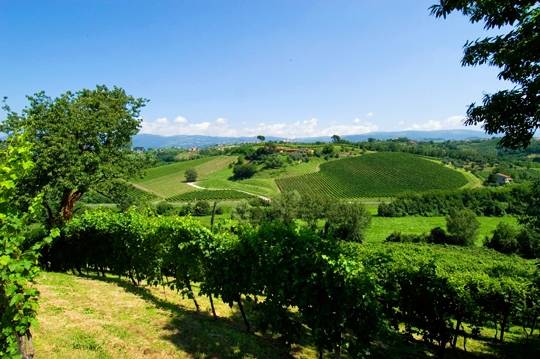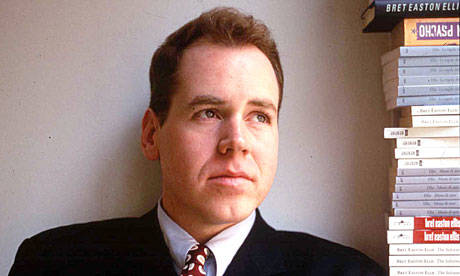Hemingway’s Veneto on View @ Casa Italiana Zerilli Marimò
Not only was Hemingway one of the greatest prose writers of the twentieth century, but also, through his writing, he inspired literary minds such as Bret Easton Ellis, Chuck Palahniuk, Elmore Leonard and Hunter S. Thompson. Where did he draw his inspiration? What moved and influenced the man that had such an impact on the writing style of others?
The answer to that question can be found while viewing an exhibition titled Hemingway’s Veneto (Il Veneto di Hemingway) currently on view at the Casa Italiana Zerilli Marimò. In this black and white photography show the viewers are introduced to another side of Hemingway, the traveler, and possibly the first citizen of the world. It focuses on the time Hemingway had spent in the Italian region of Veneto beginning in 1918, when as an eighteen year old youth he drove an American Red Cross ambulance on the Italian front during the First World War all the way to his last stay in Venice in 1954.
In “Death in the Afternoon” Hemingway states: “If a writer of prose knows enough about what he is writing about he may omit things that he knows and the reader, if the writer is writing truly enough, will have a feeling of those things as strongly as though the writer had stated them. The dignity of movement of the iceberg is due to only one-eighth of it being above water.” Hemingway was a master of a terse minimalist style of writing, and his secret to being able to convey the atmosphere of the moment or the ambience of a particular place in an unpretentious, almost condensed way, as the above quote states, lays in first utterly familiarizing himself with the subject or place.
Fifty years after his death, the Venice International University wants to honor Hemingway the writer and world citizen with this exhibit. In the opening letters of the catalog that accompanies it, Ambassador Umberto Vattani and Professor Stefano Micelli write: “As a writer [Hemingway] can be seen as the symbol of a type of globalization which is attentive to territories and cultures, a type of globalization that is often in the background as compared with the globalization of finance and economics.” The photographs on view depict the various periods that the writer had spent in the region of Veneto, Italy. They illustrate not only that which has brought him there in the first place, but especially that which has kept him coming back, that which has made him invite his friends to the area because there “people know how to live.” In the images Hemingway is shown immersing himself completely in the Italian culture and lifestyle. He is captured enjoying the little pleasures in daily life, conversing with friends, shopping in the local markets, strolling the streets of small towns and even hunting. Absorbing the local customs of places he visited, is most likely what gave him the ability to then in his writing get across the same ambience of such places to his readers.
The exhibit, curated by Gianni Moriani, Rosella Mamoli Zorzi opened on November 9th, 2011 at NYU’s Casa Italiana Zerilli Marimò and was an immediate success. The director of Casa Italiana, Stefano Albertini welcomed all attendees and greeted the curators and special guests, which included Baroness Mariuccia Zerilli Marimò. He then passed the microphone to the curators and Rosella Mamoli Zorzi gave an introduction to the exhibit in English and Gianni Moriani spoke in Italian. The evening was made even more enjoyable by the catering provided by Piave D.O.P. and Allegrini. Veneto region wines Soave and Valpolicella were served and accompanied by Piave cheese and dishes such as Risotto all’Amarone.
The exhibit remains open until December 15th, 2011. Make sure to pick up the catalog by Antiga Edizioni, which gives a detailed history of Hemingway’s adventures in the Veneto region.




































i-Italy
Facebook
Google+
This work may not be reproduced, in whole or in part, without prior written permission.
Questo lavoro non può essere riprodotto, in tutto o in parte, senza permesso scritto.